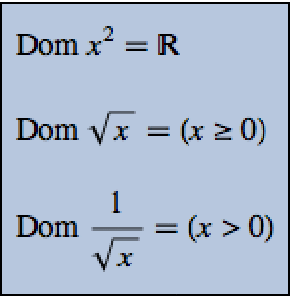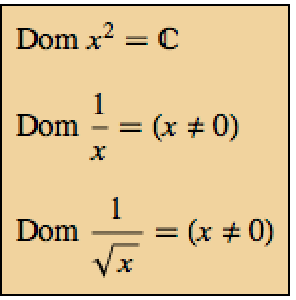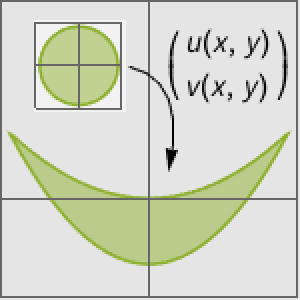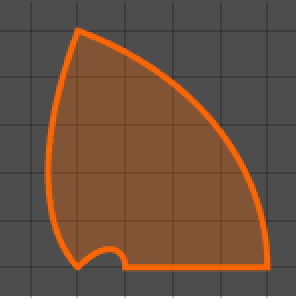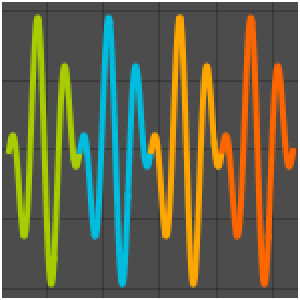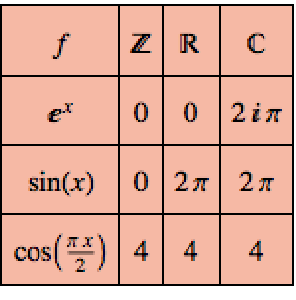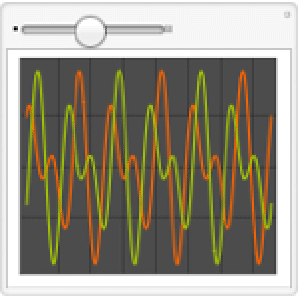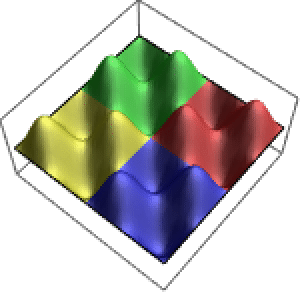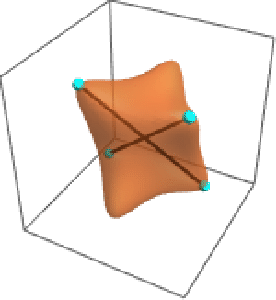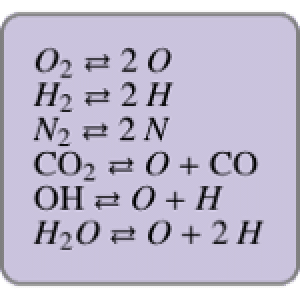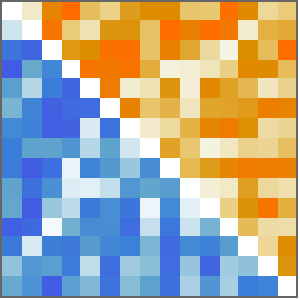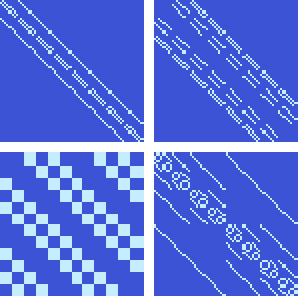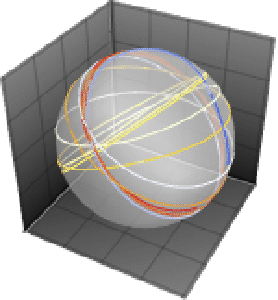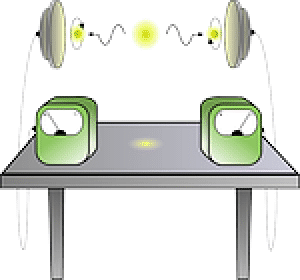Antisymmetric and Orthogonal Matrices
If  is an antisymmetric matrix and
is an antisymmetric matrix and  is a vector obeying the differential equation
is a vector obeying the differential equation  , then
, then  has constant magnitude. Consider first a constant matrix.
has constant magnitude. Consider first a constant matrix.
| In[1]:= | X |
| In[2]:= | X |
| Out[2]= |
The solution  to the differential equation can be written down using MatrixExp.
to the differential equation can be written down using MatrixExp.
| In[3]:= | X |
| In[4]:= | X |
Verify that  is indeed a solution.
is indeed a solution.
| In[5]:= | X |
| Out[5]= |
The matrix  used to define the solution is orthogonal.
used to define the solution is orthogonal.
| In[6]:= | X |
| Out[6]= |
Solutions to constant coefficient equations trace repeating circles on the sphere.
| In[7]:= |  X |
| Out[7]= | 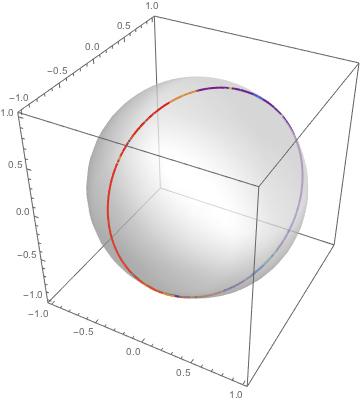 |
Solutions for a nonconstant coefficient matrix  might require numerical solutions.
might require numerical solutions.
| In[8]:= | X |
| In[9]:= | X |
| Out[9]= |
While motion is still restricted to a sphere, more interesting patterns are now possible.
| In[10]:= | X |
| In[11]:= |  X |
| Out[11]= | 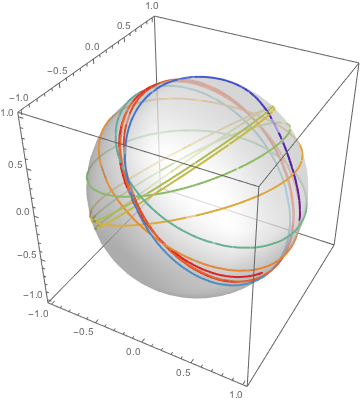 |
